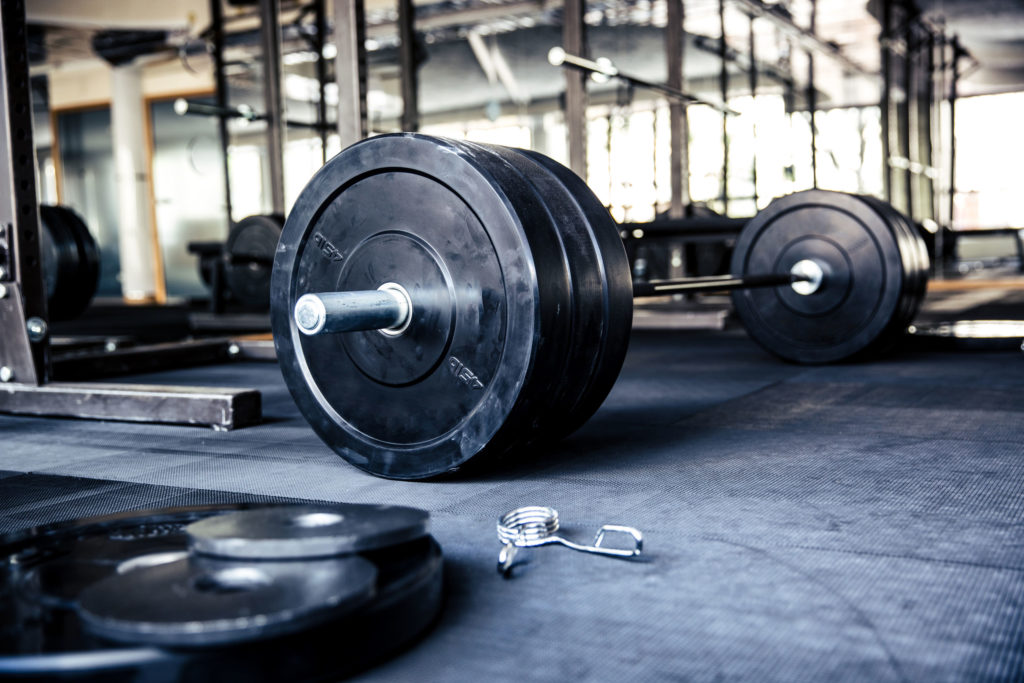I don’t want to be cliche and say that today’s article is “exactly what I needed,” but it’s exactly what I needed.
If you’re a newly minted parent (or just someone who’s crazy busy and needs to be as efficient as possible in the gym) you’ll want to hug me for posting this guest post from Shane McLean.
I like hugs.
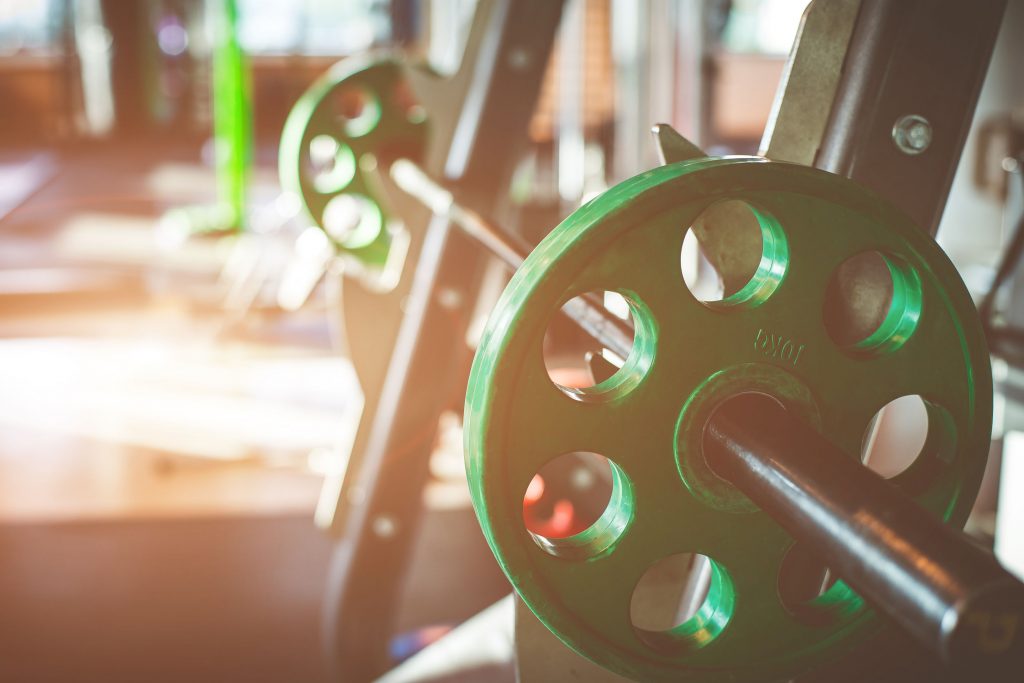
Exercise For Grown Ups
My wife and I had just tucked our little one into bed and made our nightly dash to the bedroom…so we could get as much sleep as possible.
What were you thinking?

Tomorrow was gym day and I was looking forward to crushing some weights and getting a break from daddy duties for an hour or so.
Like most first-time parents, we had a baby monitor turned up full blast beside our bed to hear when it was feeding time.
Because my wife had a full-time job and I was the stay at home parent, it was me (for the most part) who would get up to feed our son and try to put him back to sleep.
On this particular night, he thought 2 a.m. would be an excellent time to play on the sheepskin rug after he had finished his feeding. He was making goo goo eyes at me while having a big time thrashing his legs about like a Tour de France cyclist.
This was all very cute, but by 3 a.m. I’d had enough of this show and I put him to bed so hopefully the both of us could get some sleep before the sun came up.
Needless to say, I was a zombie the next morning and too tired to crush my planned training. Not even excessive amounts of caffeine could wake me up. The baby was full of energy, however.
Funny how that works.
This is what happens in real life. Stuff comes up and our best laid plans become stuck. We have other priorities that push exercise down the list.
Whether you’re becoming a parent, are already a parent or you just have way too much going on, use the following strategies to keep your health on track. Your sanity will thank you.
Imagine You’re in Prison
Dan John, strength Yoda, imagines a scenario where you’re in prison and you only have 15 minutes a day to train. What would you do? What is important to you? Please don’t say bicep curls.
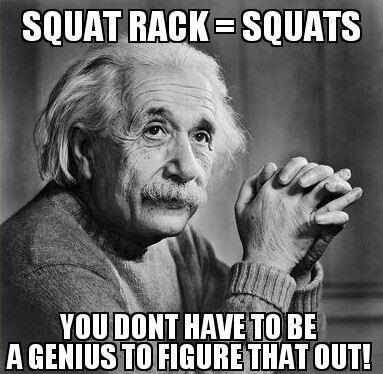
Narrowing your focus when your time and energy is limited will at the very least keep you, your waistline and the scale happy. No matter how busy you are, you should always dedicate some time to exercise.
Here are a couple of examples of time-saving trainings (gym and home) that I’ve used in the past when time is limited but I still want to eat ice cream guilt free.
1a. Pushups 10 reps (Can be done on knees or on an incline surface)
1c. Kettle bell swings -20 reps
Rest one minute after each circuit and do five circuits.
1a. Dumbbell shoulder press 10 reps
1b. Dumbbell bent over row 10 reps
Rest one minute after each circuit and do five circuits.
1b. Side planks- 15 seconds each side
Rest one minute after each circuit and do five circuits.
Cardiovascular Training
Do a two-minute walk/warm up, then a 15 second sprint followed by 15 seconds of rest. Repeat this cycle for five work/rest intervals. Then cool down for two-three minutes.
This can be done on treadmill, track, bike, rowing machine or you can find some open space and sprint.
Stand Up and Take Movement Breaks
A study by Levine (2005) recruited 20 healthy volunteers, 10 lean people (5 men 5 women) and 10 people classified as grade I obese (5 men and 5 women). Levine was looking for physical activity differences between these two groups.
Levine found that grade I obese sat for 164 minutes a day longer than their lean counterparts and lean people were standing and active for 153 minues more than their obese counterparts. This lead to the lean people burning 352 calories a day which is the equivalent to 36.5 grams of fat per year.
This partly is due to N.E.A.T or non-exercise activity thermogenesis, a process that burns the majority of our calories.
Finding time in your day to be active even when you’re busy or overwhelmed will have huge implications on your health, fitness and waist line.
Here are some suggestions when you don’t have time for the gym.
- Take the stairs instead of the elevator.
- Walk during your lunch hour.
- Walk to your coworker’s desk instead of emailing.
- Pace the sidelines at your kid’s athletic game.
- Do housework and walk around your house.
- Walk your dog.
- Bring the groceries from your car into your house one bag at a time.
- Perform gardening and easy to do home repair projects.
- Refer to point one.
- This list could go on and on but I’ll stop. You can get creative.
One Lift Per Day
If going to the gym is non-negotiable, try narrowing your focus even further by doing just one lift per day. Trust me, this is not for sissies. Back in the 50’s and 60’s some Olympic lifters trained like this and they turned out just fine.
It was greasing the groove concept before Pavel Tsatsouline popularized this in his book Power to the People. Bottom line, if you’re going to master a lift it pays to do it more not less. Mind blown, right?
I could wax poetic on sets, reps and guidelines but you’re better off just reading THIS. He kind of knows what he is talking about.
Wrapping Up
There are periods in our lives where we barely keep our heads above water and our time and energy are in short supply. This is not time to crush PR’s or embark on some ambitious fat loss program.
It’s a time for maintenance because a little exercise can go a long way. Besides, sometimes you need your energy for more important stuff, like 3 a.m. sheepskin rug time. With the baby, I mean.
About the Author
Shane “The Balance Guy” McLean, is an A.C.E Certified Personal Trainer working deep in the heart of Texas. Shane believes in balancing exercise with life while putting the fun back into both.

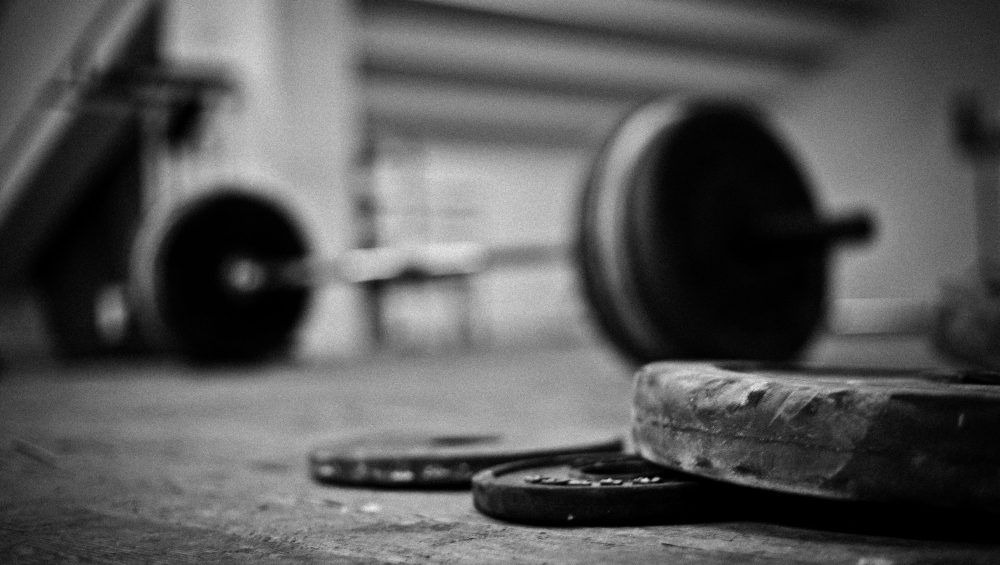
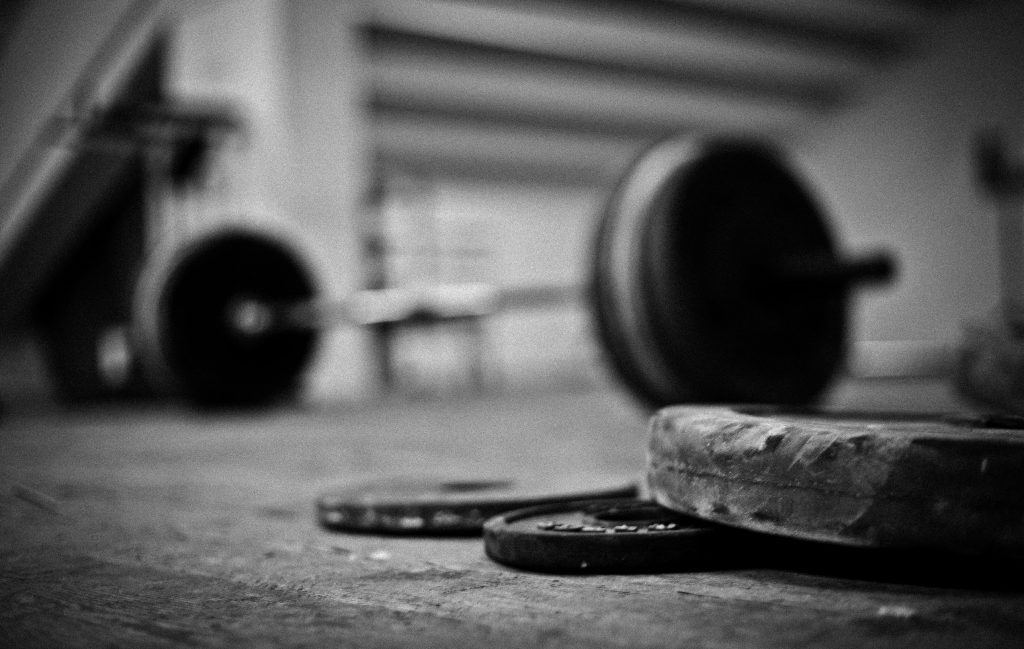

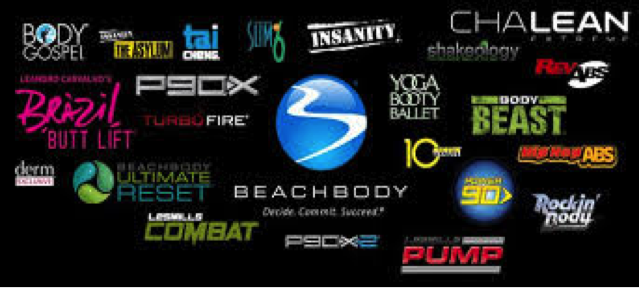
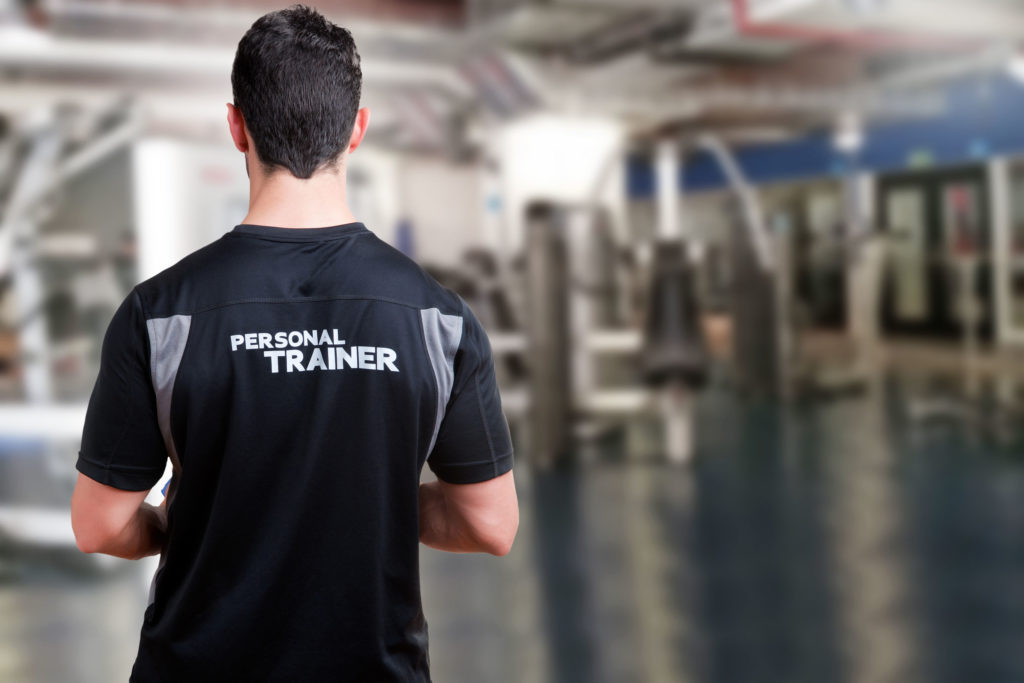

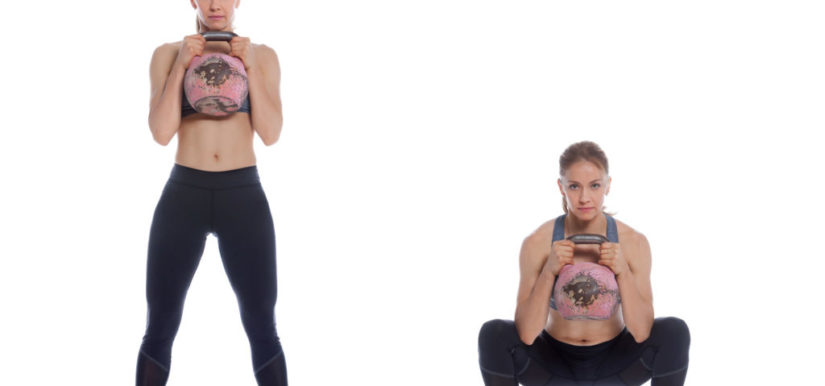
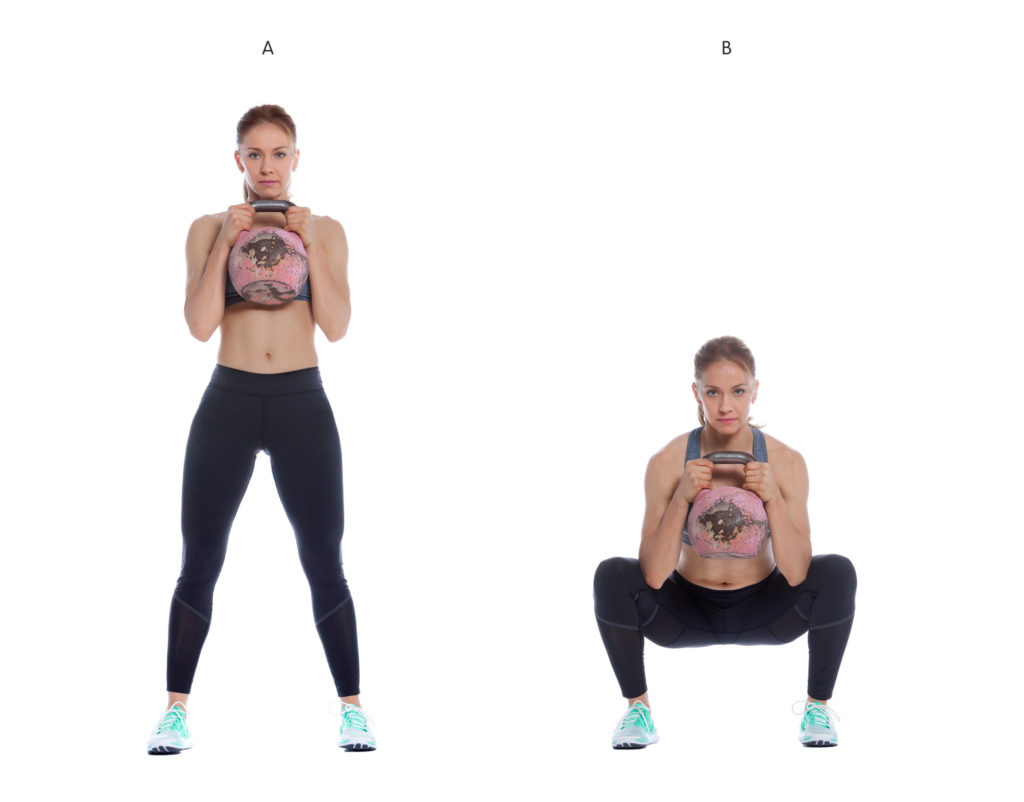
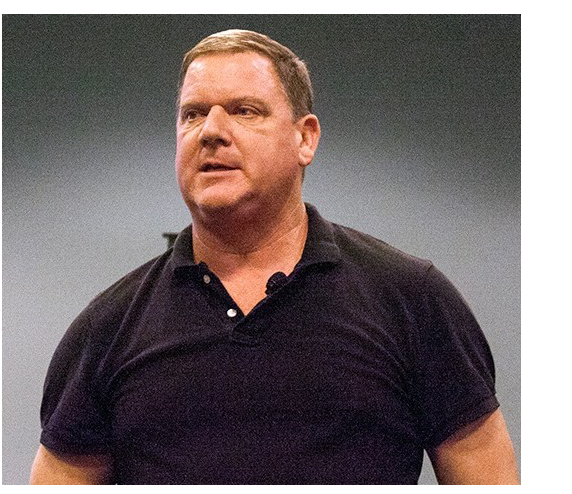
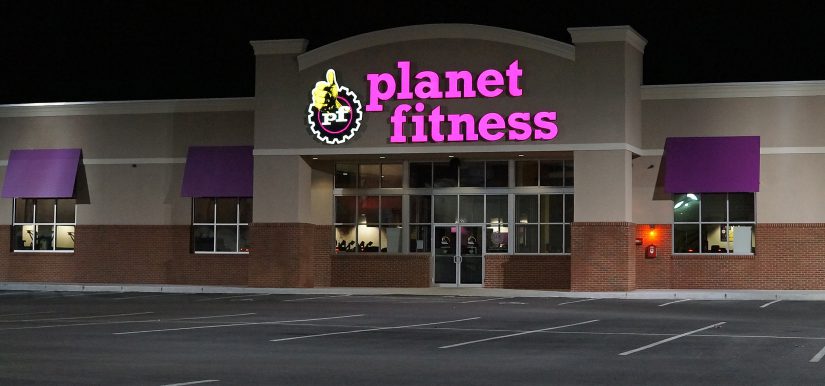

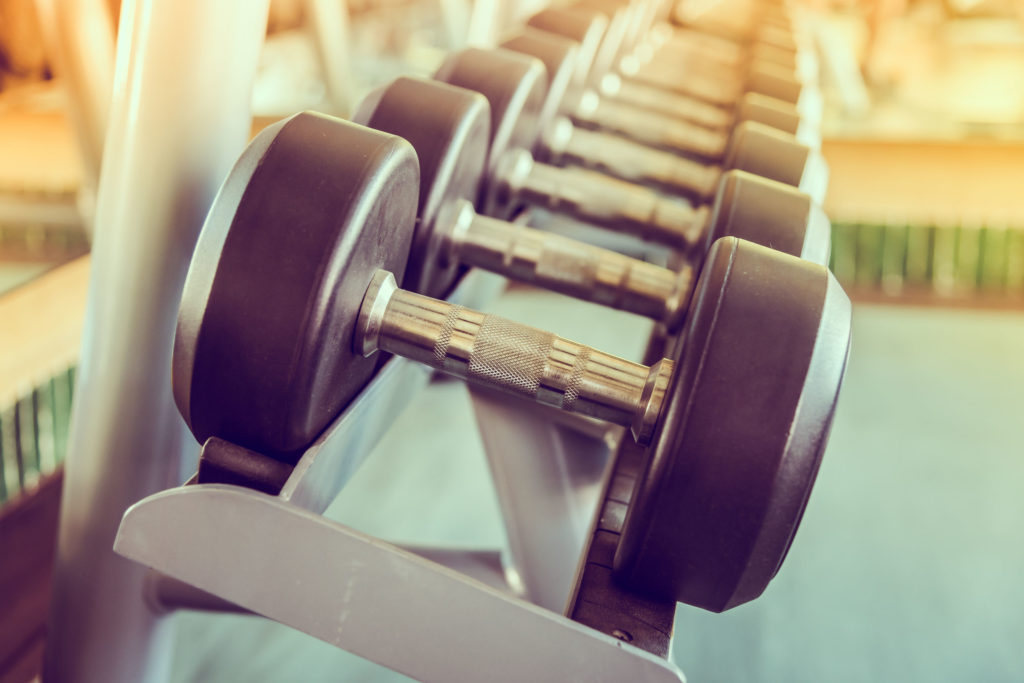

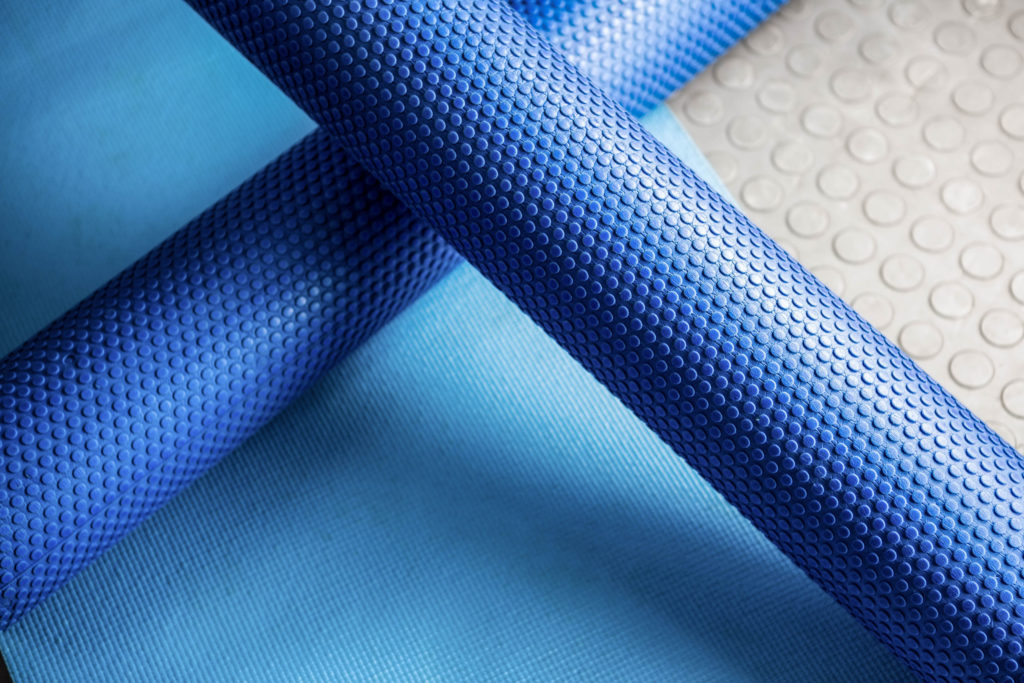

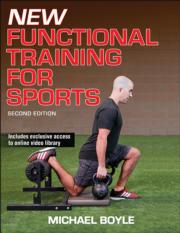 2nd edition. He thinks foam rolling can help combat muscle creep.
2nd edition. He thinks foam rolling can help combat muscle creep.